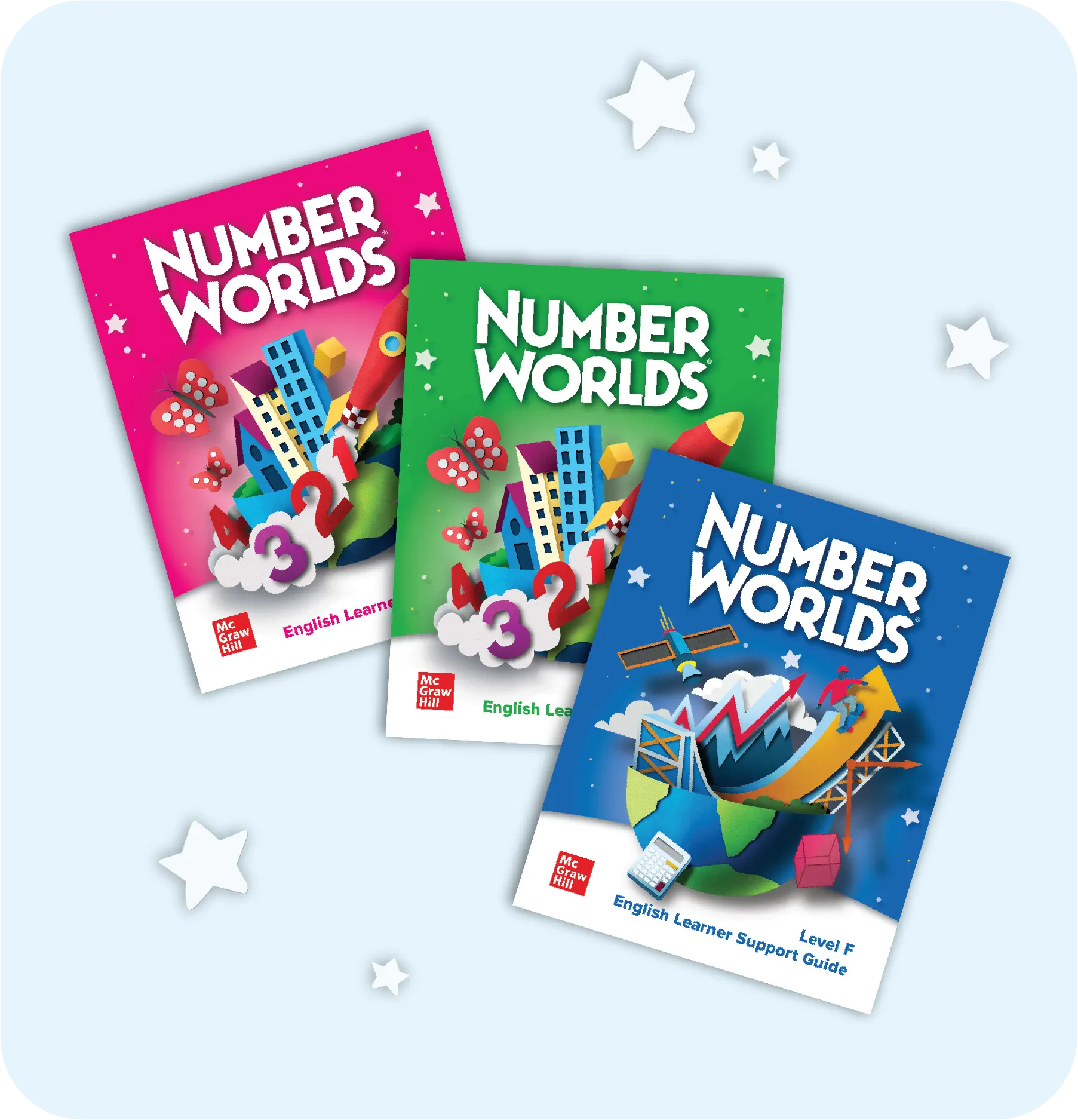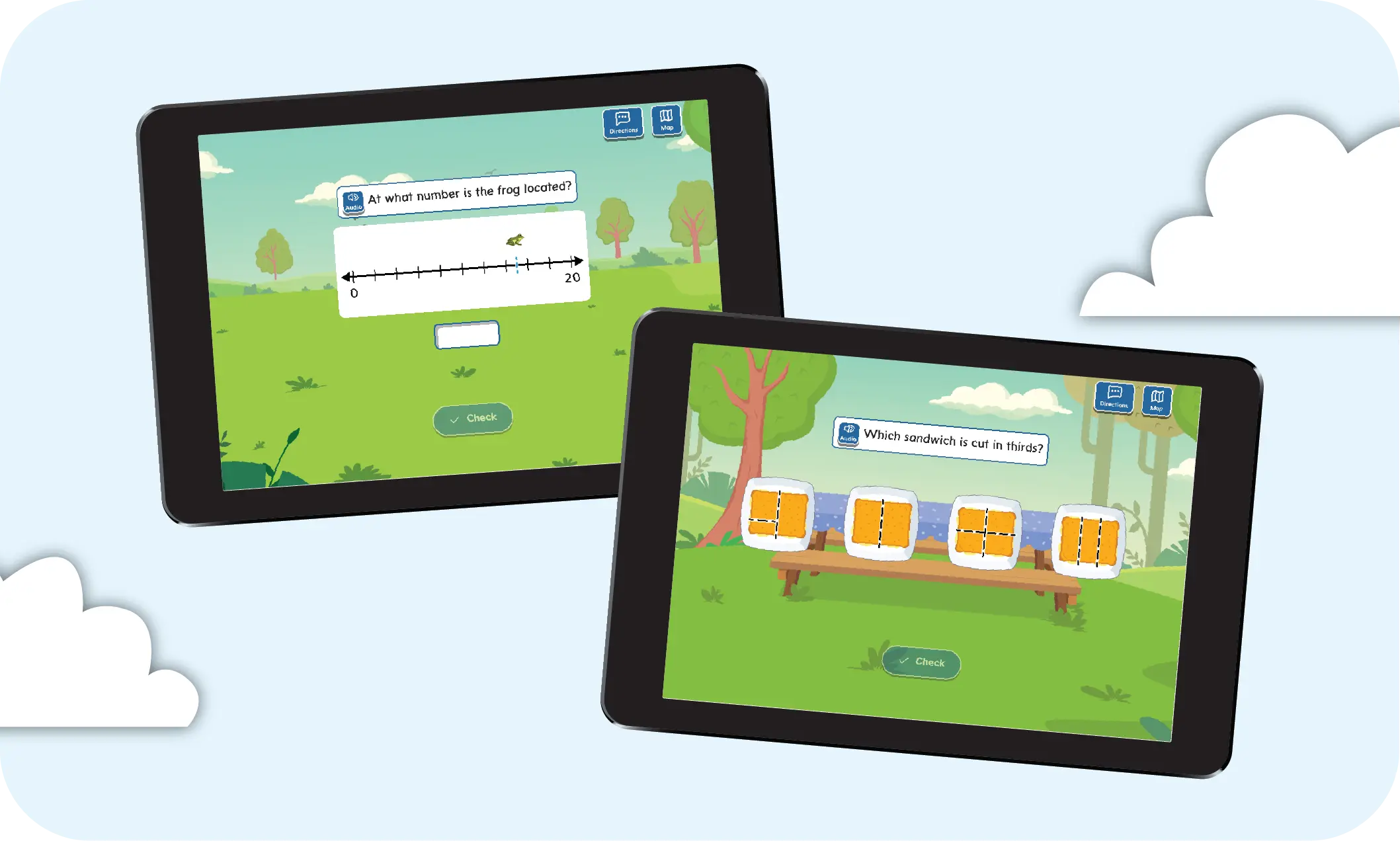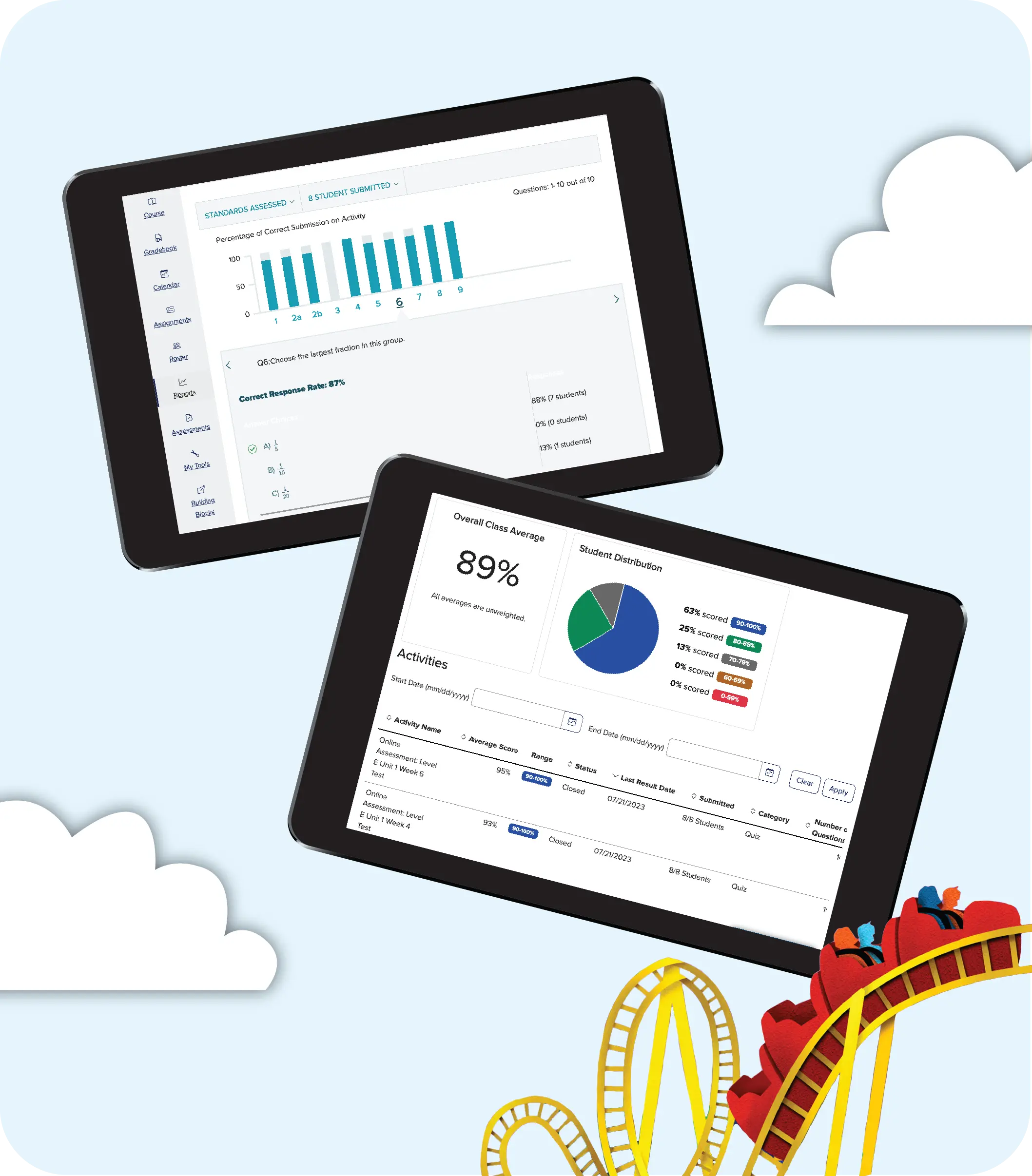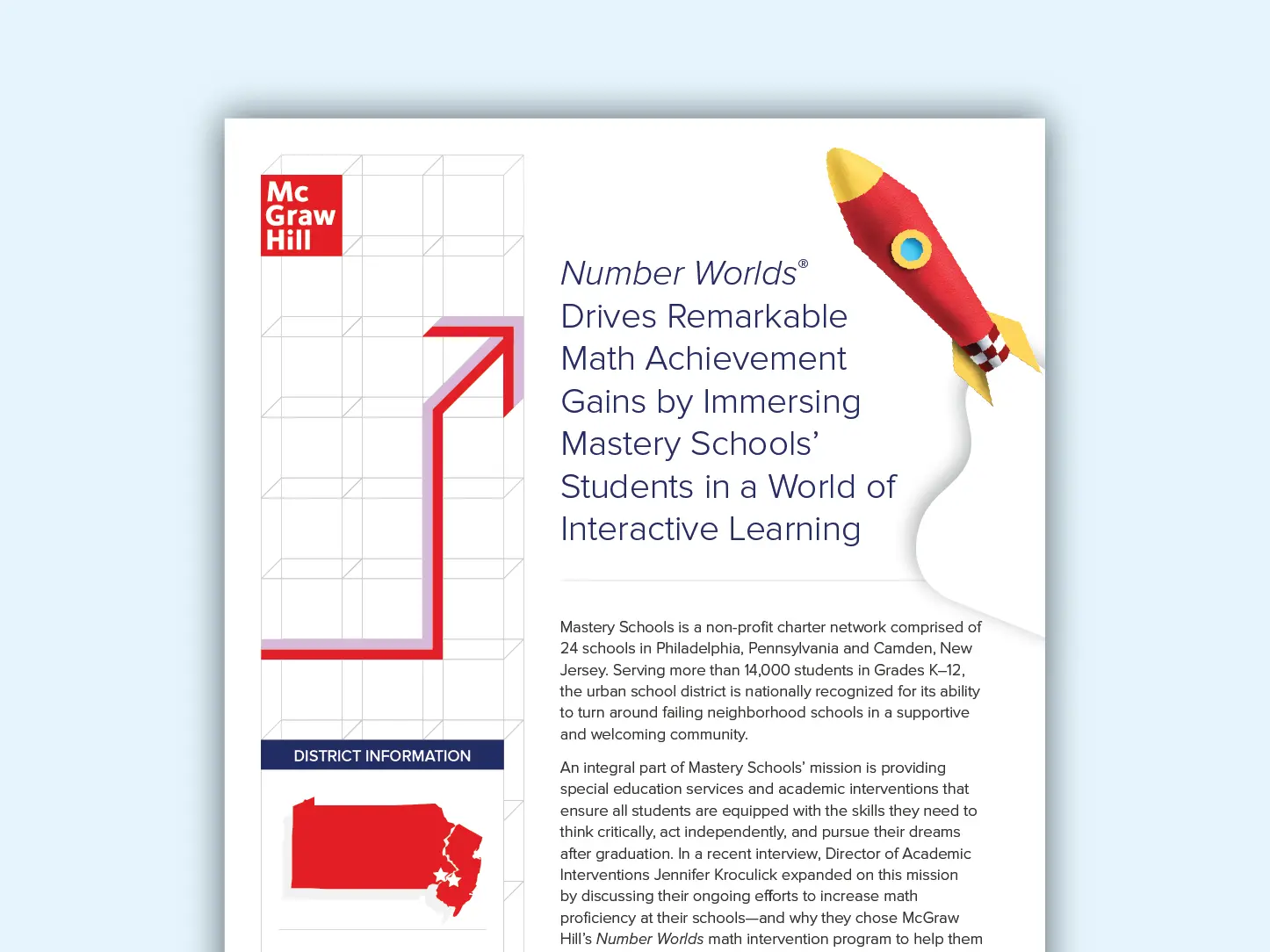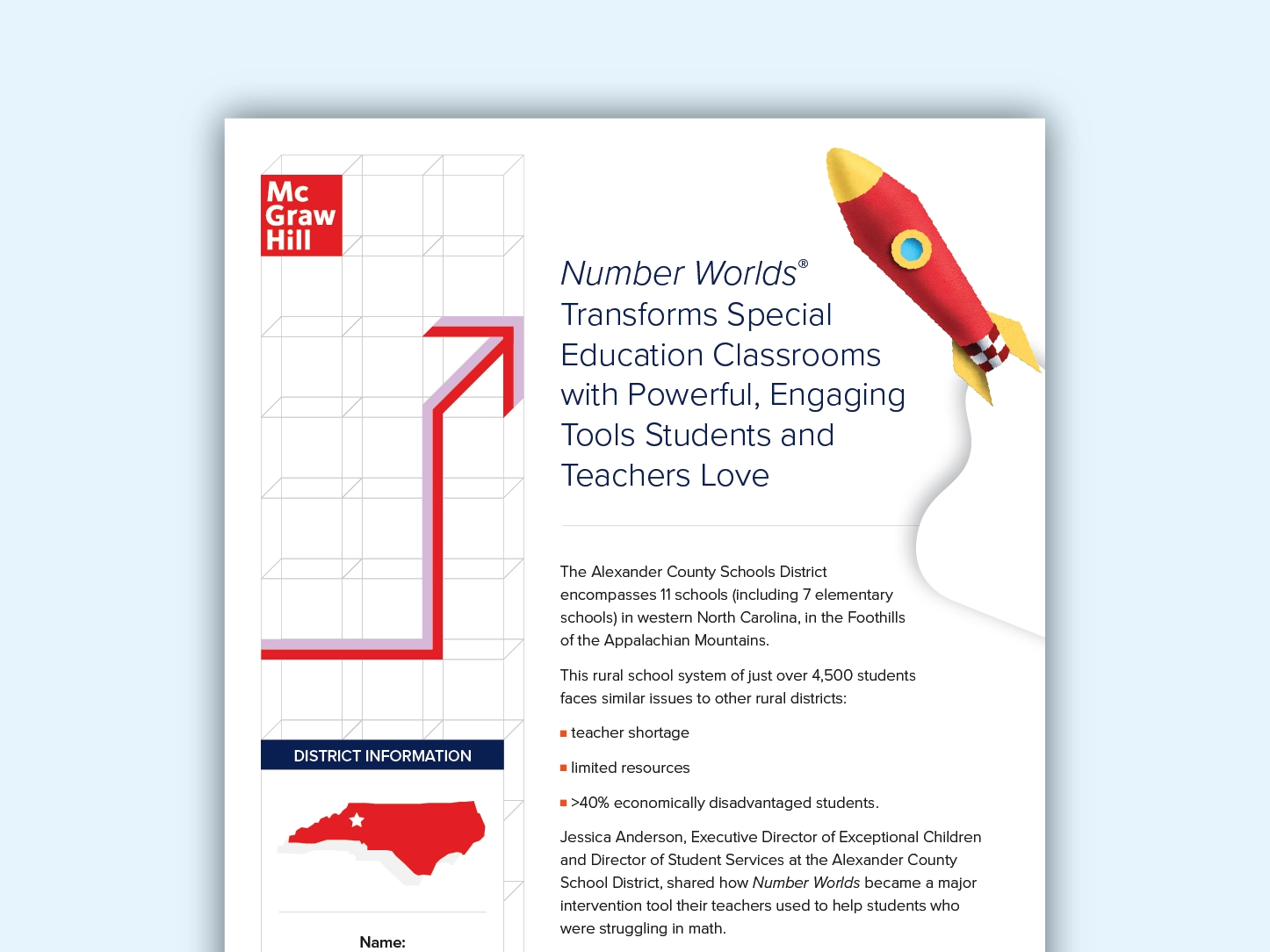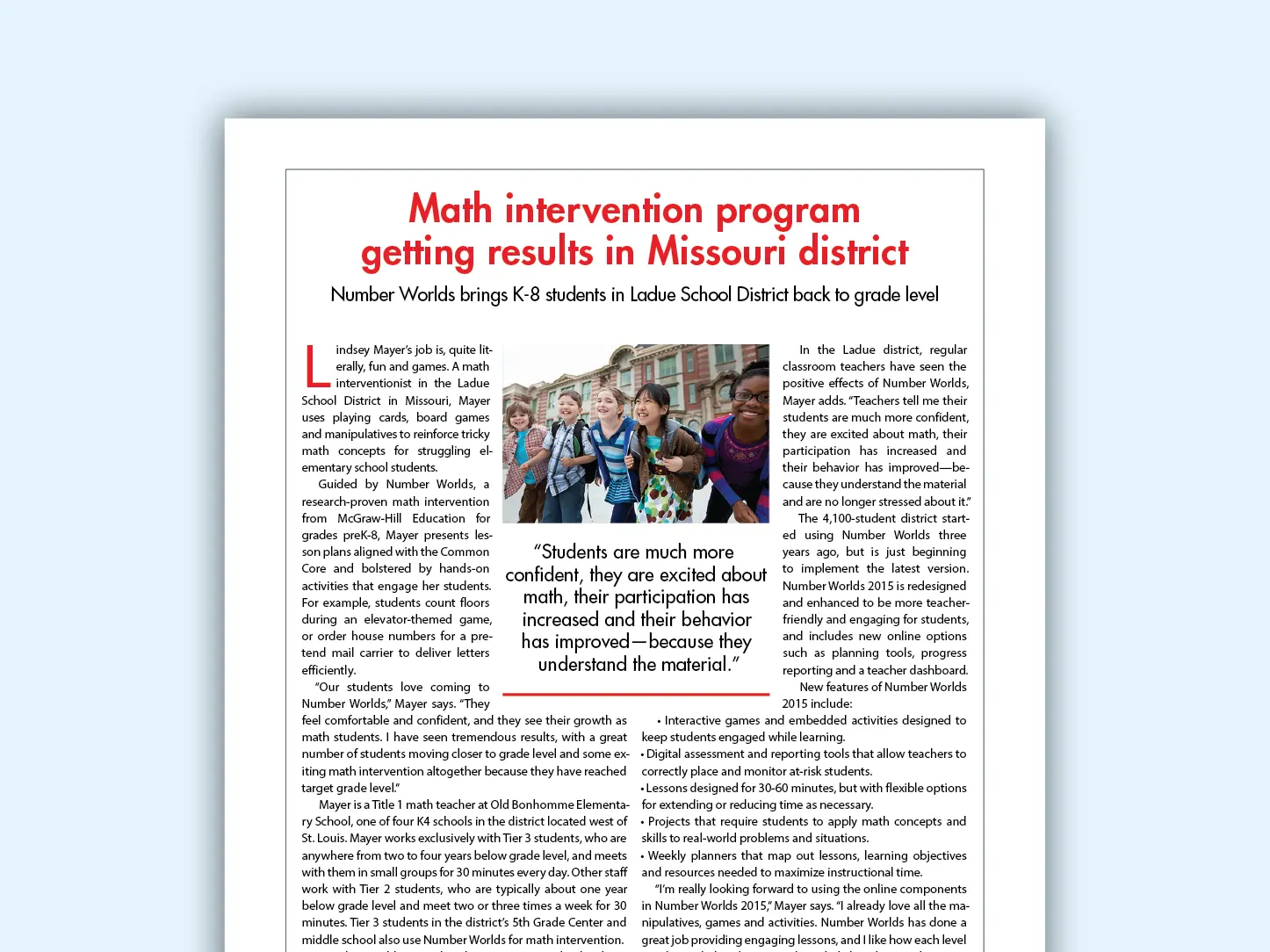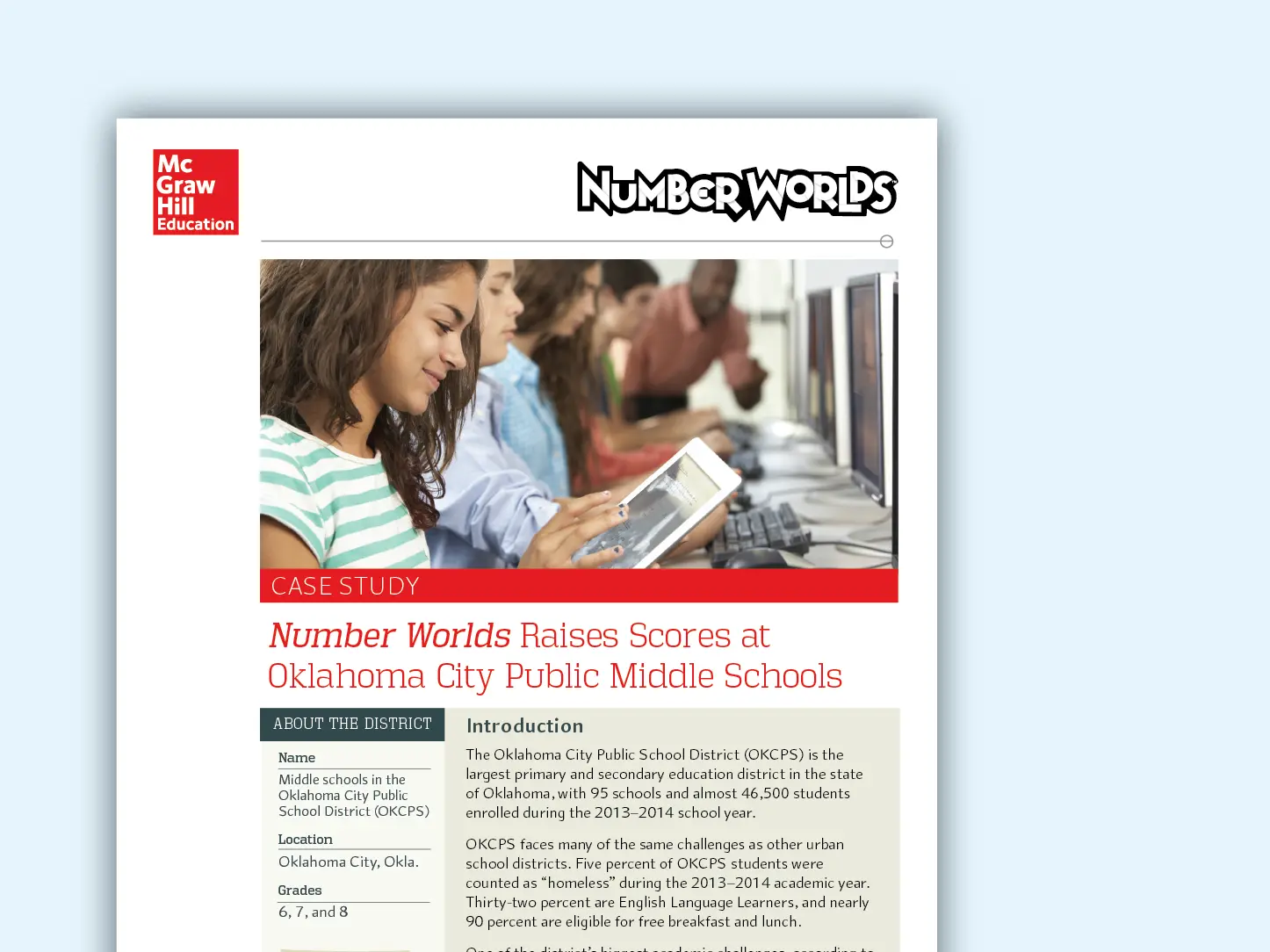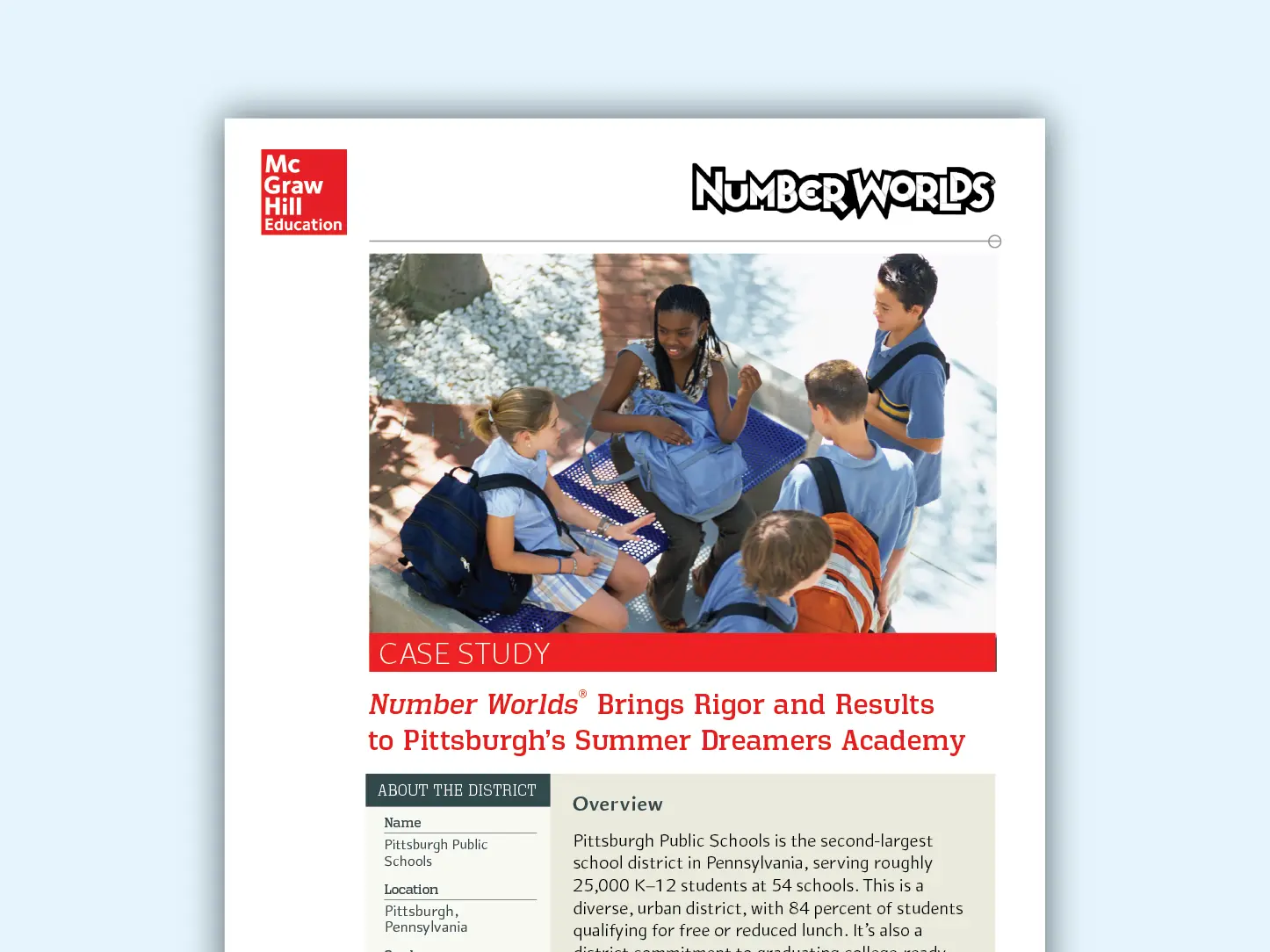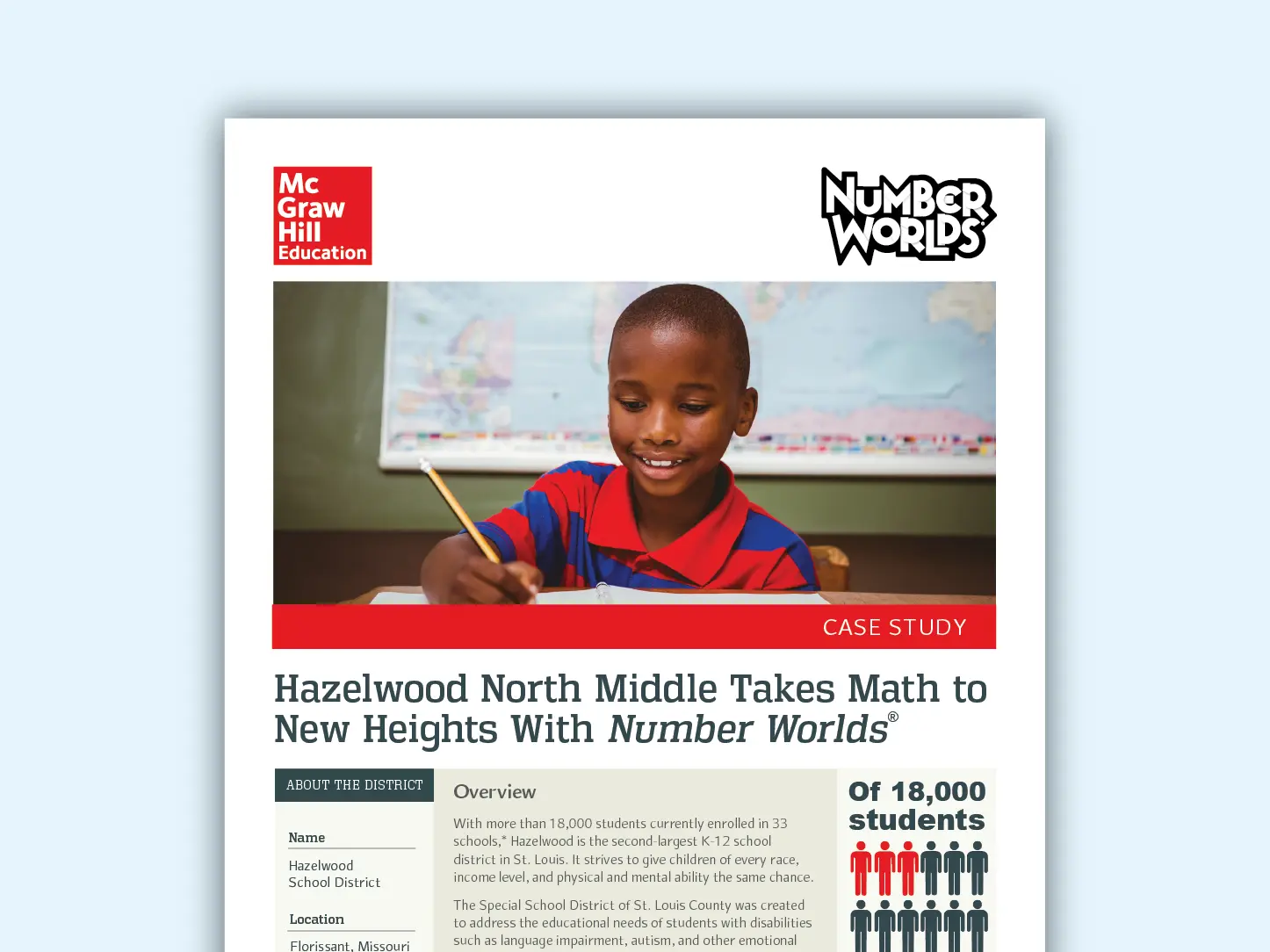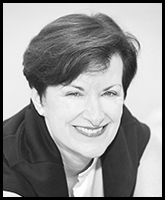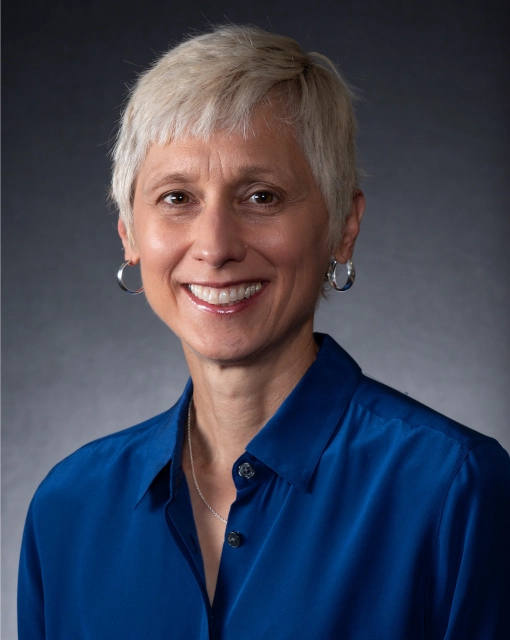Sharon Griffin is Professor Emerita of Education and Psychology at Clark University in Worcester, Massachusetts. She received a bachelor's in psychology from McGill University, a master's in education from the University of New Hampshire, and a doctorate in cognitive science from the University of Toronto. Before coming to Clark University in 1989, she worked as a research associate at the Ontario Institute for Studies in Education.
Dr. Griffin has received several research awards for applying the findings of cognitive science to (a) improve mathematics learning and achievement for at-risk children, (b) teach number sense, and (c) enable teachers of mathematics to acquire the skills needed to enhance their students’ math learning and achievement.
Dr. Griffin has also served on several national and international advisory boards on projects designed to enhance the cognitive, mathematical, and language development of children from birth through the elementary school years.
As a member of the Mathematical Sciences Education Board at the National Academies of Science (NAS) and the Center of Education Research and Innovation at the Organization for Economic Collaboration and Development (OECD), she also helped shape the direction of education research and policy for the United States, Canada, the U.K., and several European countries.
